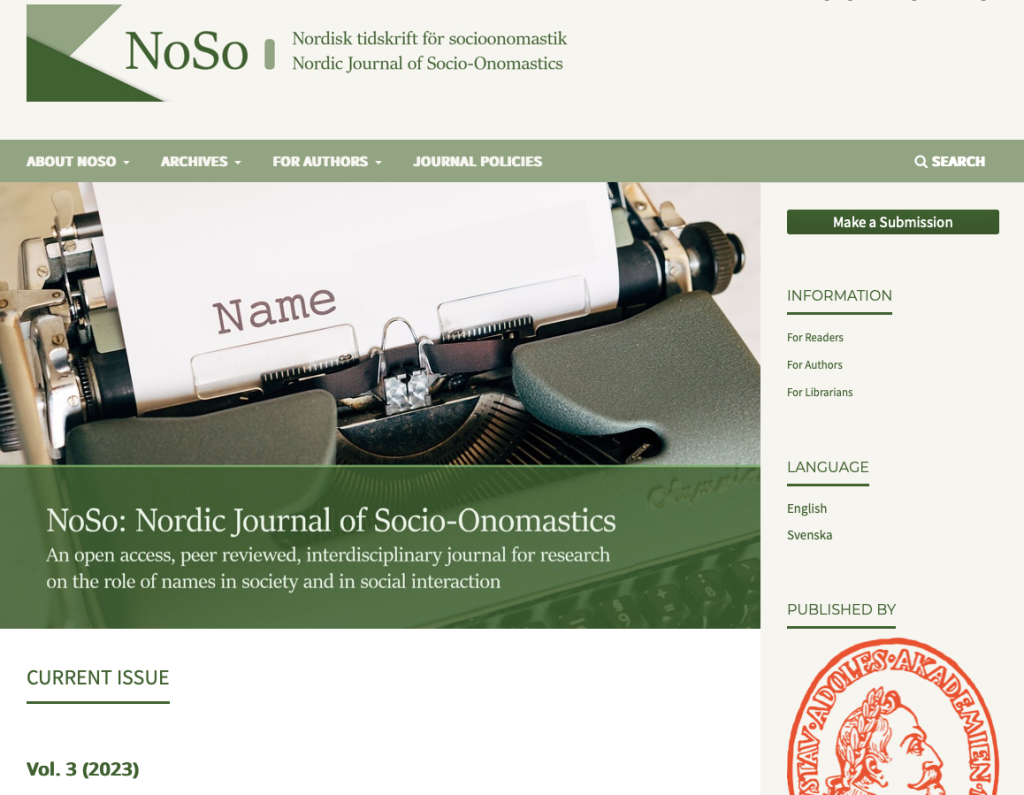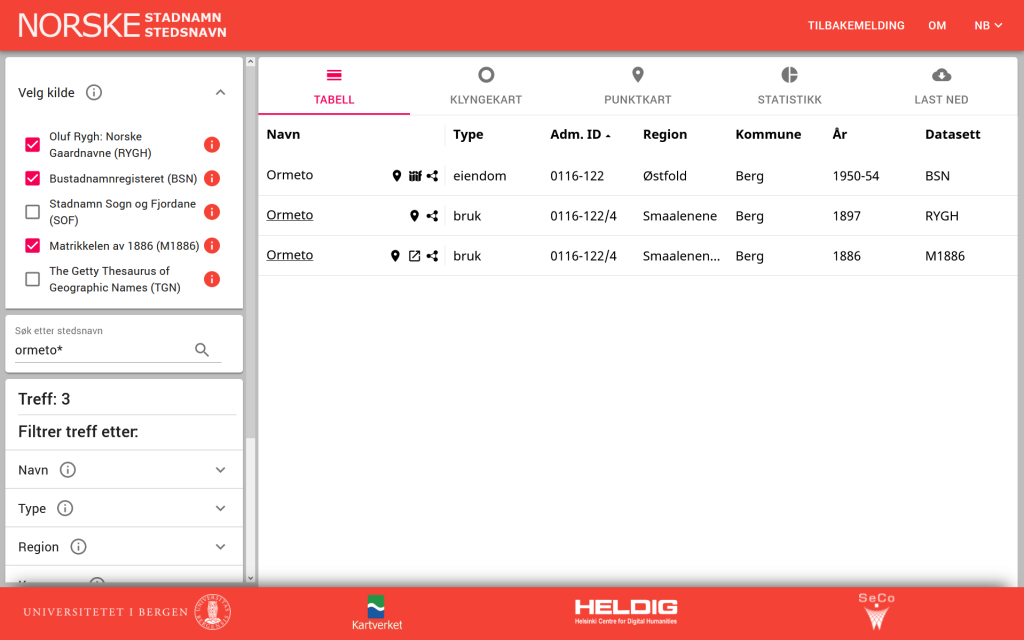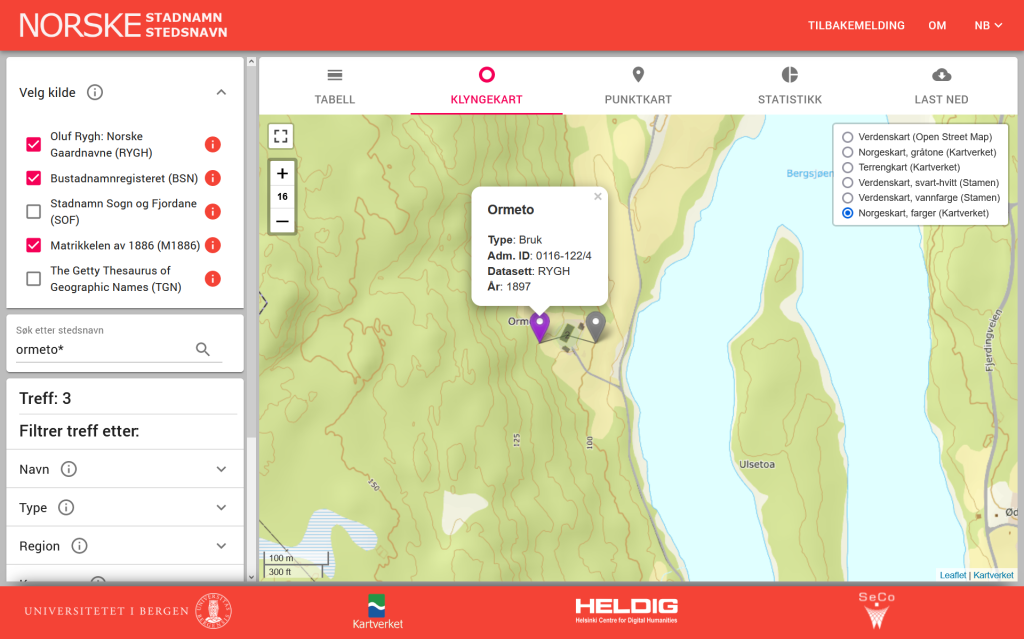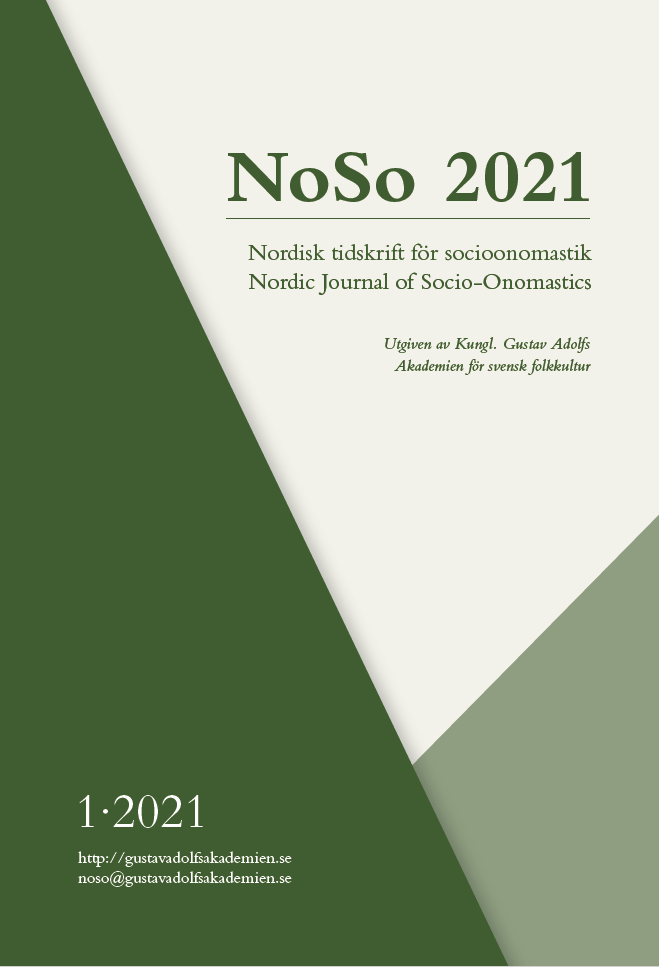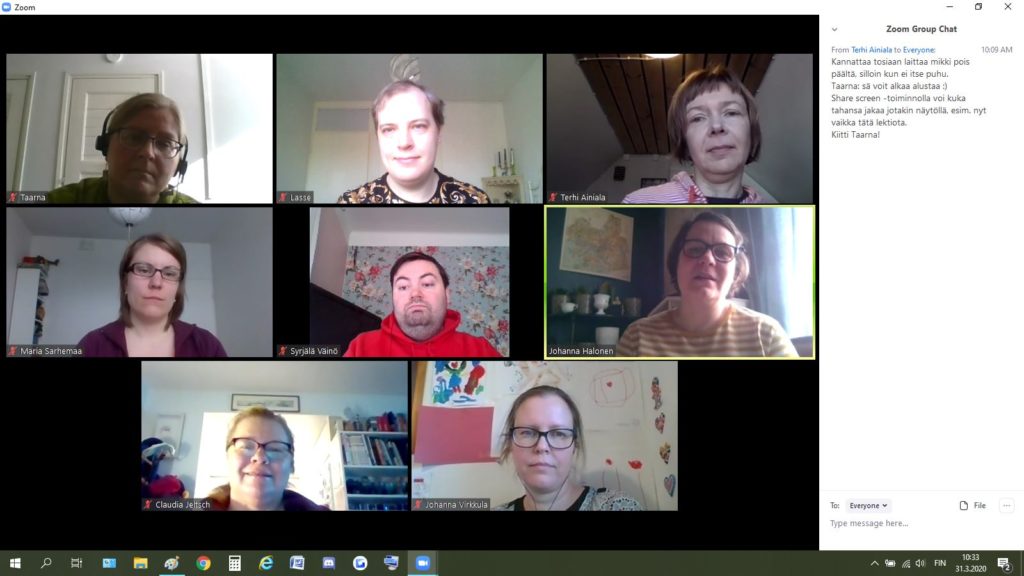av Terhi Ainiala
Människans relation till sin omgivning som beskrivs av namn, ortnamn som en del av en hållbar stad, kommersiella namn som en del av en hållbar ekonomi och uttryck för identitet genom personnamn – dessa och andra ämnen diskuterades i augusti på den internationella namnforskningskongressen. Senast kongressen hölls i Finland var 1990. Nu, 34 år senare, fick finska namnforskare välkomna sina kollegor till Helsingfors, och platsen var samma byggnad på centrala campuset, Porthania.
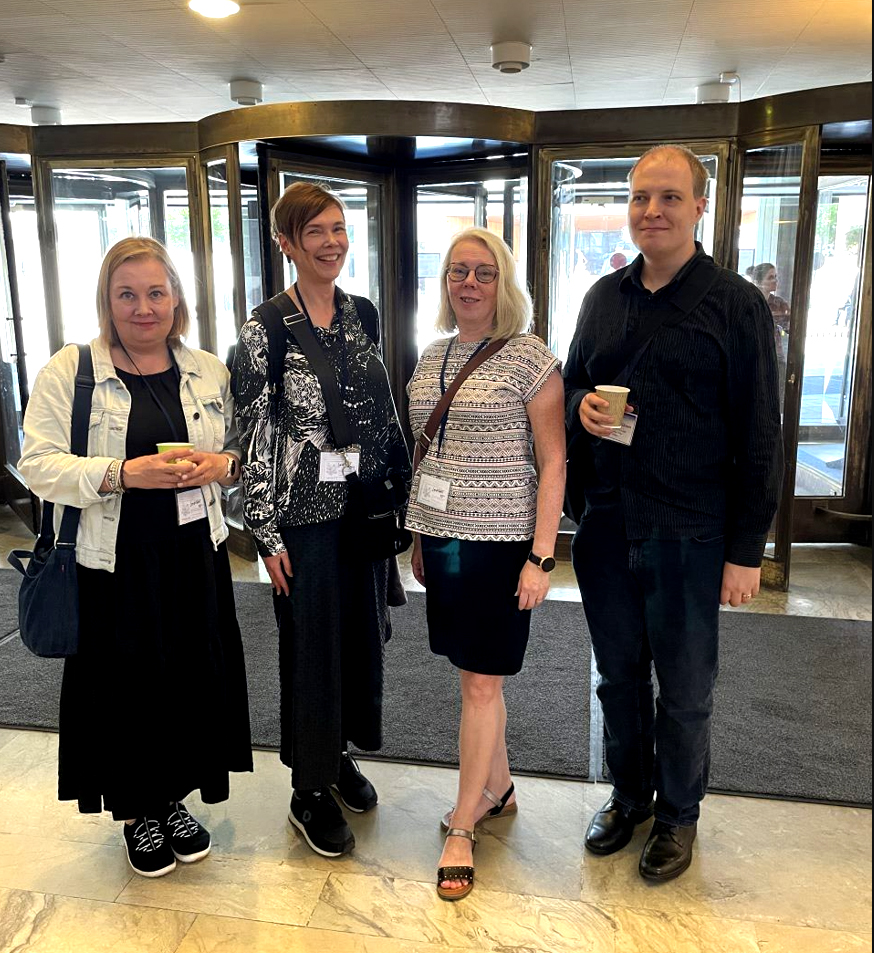
Nästan 250 forskare från alla kontinenter deltog i kongressen, och det hölls 180 presentationer, varav 8 var posterpresentationer. Presentationerna behandlade namn på många språk och kulturer, såsom samiska språk, estniska, ukrainska och japanska. Fokus låg inte bara på person- och ortnamn utan även på internetnamn, produkt- och företagsnamn och många andra.
Temat hållbarhet
Kongressens tema var “Sustainability of names, naming and onomastics”. Syftet var att få forskare att reflektera över hur hållbarhetsteman syns i deras egna forskningsämnen och hur namnforskning kan bidra till att bygga ett mer hållbart samhälle och kultur. Eftersom namnforskning intresserar allmänheten och ofta får medieuppmärksamhet, är det möjligt att genom forskning lyfta fram ett mångkulturellt samhälle och strävan efter jämlikhet. Till exempel är ortnamnens roll i att bygga invånarnas platsrelation och identifikation betydande.
Hållbarhet framkom glädjande och mångsidigt i kongressens presentationer, där teman inkluderade exempelvis “Names as cultural heritage”, “Names and identities”, “Names and minorities” och “Onomastics as a sustainable science”.
Namn som en del av en hållbar ekonomi
De kommersiella namnen och deras roller som en del av en hållbar ekonomi framkom i flera presentationer. Ofta vill kommersiella namn påminna om äkthet, ursprung och lokalitet. Namn väcker associationer till något som alltid har funnits och hör hemma på platsen. Samma associationer används alltmer medvetet i marknadsföring, även som en del av att kommunicera hållbarhet.
Inbjuden talare, professor Helen Kelly-Holmes (University of Limerick), förklarade hur iriska namn används i Irland för att bygga ett varumärke och visa produktens lokalitet och kulturella hållbarhet. Det visade sig att namnen ofta förblir ganska ytliga som indikatorer på produktens eller företagets lokalitet, och namnformerna kan ha förenklats. Endast sällan använder företaget iriska språket i sin kommunikation annars. Det är därför berättigat att fråga vilken typ av hållbarhet och respekt sådana namnval förmedlar.
Namn från Nordsjö till nationalparker i Sverige och Finland
Namn har också en central roll i nationalparker. Namnen på informationsskyltar och vägskyltar kan återspegla områdets historia och dessutom vägleda besökare i hållbarhet i deras förståelse och handlingar. Namnen kan till exempel återspegla de många språk som talas i området och därmed också olika samhällen. Universitetslektor Väinö Syrjälä (Södertörn universitet) granskade i sitt inbjudna föredrag nationalparkernas namn i Finland och Sverige.
I min egen presentation talade jag om hur invånarna i Helsingfors Nordsjö upplever stadsdelens snabba förändring och hur denna förändring återspeglas i ortnamnen. Under tidigare decennier var Nordsjö känt för området som inofficiellt kallades Mogadishu Avenue, men numera anser många att namnet är olämpligt. Stadsdelens nyaste bostadsområde, Solvik med sina kanaler och stränder, har däremot fått namnet Finlands Ibiza i folkmun, vilket också visar på en viss främmandekänsla för platsen. Forskningen är en del av projektet “Voiman paikka” (Styrkeplatser).
Kan namnforskning främja jämlikhet?
Inbjuden talare Jane Pilcher (University of West of England, Bristol) behandlade i sitt föredrag flera teman, varav ett var människans rätt till sitt eget namn. Hon lyfte fram utländska studenters namn och den återkommande felaktiga uttalningen av dem. Pilcher reflekterade över vad universiteten kan göra för att säkerställa att varierande namnpraxis bevarar respekt och jämlikhet. Konkreta åtgärder inkluderade till exempel att inkludera betydelsen av namn och deras uttal i personalens jämlikhetsutbildning samt att registrera korrekt uttal av namn i elektroniska register. Pilcher påminde oss om namnets betydelse för människans identitet och känsla av värde. Dessa teman är mer centrala än någonsin i dagens samhälle, och vår expertis som namnforskare behövs. Vi bör tala om namns betydelser på olika arenor och göra vår expertis tillgänglig.

